Assess Your Fitness for Work: A Step-by-Step Guide
Discover essential criteria and methods to assess work fitness effectively. Enhance workplace safety and productivity today!
Importance of Assessing Fitness for Work
Ensuring Workplace Safety
Assessing fitness for work is crucial in maintaining a safe working environment. By evaluating an employee’s physical and mental capabilities, employers can identify potential risks that might compromise safety.
This is particularly important in industries where physical demands are high, such as construction or manufacturing. Ensuring that employees are fit for their roles helps in preventing accidents and injuries, thereby protecting both the workforce and the organization.
Enhancing Productivity
When employees are assessed for their fitness to work, it ensures that they are capable of performing their job duties effectively.
This assessment helps in placing individuals in roles that match their abilities, which can significantly enhance productivity. Employees who are fit for their roles are more likely to perform efficiently, leading to better overall performance for the organization.
Reducing Absenteeism and Turnover
Fitness for work assessments can help in identifying health issues that might lead to frequent absenteeism.
By addressing these issues proactively, employers can reduce the rate of absenteeism and improve attendance. Moreover, when employees are well-matched to their roles, job satisfaction tends to increase, which can reduce turnover rates.
This stability is beneficial for maintaining a skilled and experienced workforce.
Legal and Ethical Compliance
Employers have a legal and ethical responsibility to ensure that their employees are fit to perform their jobs without risking their own health or that of others. Assessing fitness for work helps organizations comply with occupational health and safety regulations.
It also demonstrates a commitment to employee well-being, which can enhance the organization’s reputation and employee morale.
Supporting Employee Health and Well-being
Regular assessments of fitness for work can aid in the early detection of health issues, allowing for timely interventions. This proactive approach supports the overall health and well-being of employees, promoting a healthier workforce.
Employers who prioritize fitness assessments show that they value their employees’ health, which can foster a supportive and positive workplace culture.
Common Criteria for Work Fitness Evaluation
Physical Health Assessment
Physical health is a fundamental criterion in evaluating an individual’s fitness for work. This assessment typically includes a review of medical history, physical examinations, and specific tests tailored to the job’s physical demands.
Evaluators may consider factors such as cardiovascular health, musculoskeletal condition, and the presence of chronic illnesses that could impair job performance.
Mental Health Evaluation
Mental health is equally crucial in determining work fitness. Evaluations often involve psychological assessments to identify conditions like anxiety, depression, or stress-related disorders.
The ability to handle workplace stress and maintain concentration and decision-making skills under pressure are key considerations in this criterion.
Functional Capacity Testing
Functional capacity testing evaluates an individual’s ability to perform work-related tasks. This may include tests that simulate job activities to assess strength, endurance, flexibility, and coordination.
These tests help determine if an employee can meet the physical demands of their role safely and effectively.
Cognitive and Behavioral Assessments
Cognitive and behavioral assessments focus on evaluating an individual’s cognitive abilities, such as memory, attention, and problem-solving skills. Behavioral assessments may examine interpersonal skills, adaptability, and the ability to work in a team environment.
These factors are especially important in roles that require complex decision-making and collaboration.
Job-Specific Requirements
Evaluating fitness for work often involves assessing job-specific requirements. This includes understanding the unique demands of a particular role and ensuring that the individual possesses the necessary skills and abilities.
For example, a job requiring heavy lifting will have different criteria compared to a desk job focused on analytical tasks.
Legal and Ethical Considerations
Legal and ethical considerations play a significant role in work fitness evaluations. Employers must ensure that assessments comply with relevant laws and regulations, such as the Americans with Disabilities Act (ADA) or equivalent legislation in other countries.
Ethical considerations include maintaining confidentiality and ensuring that evaluations are free from bias and discrimination.
Methods for Assessing Fitness for Work
Medical Examinations
Medical examinations are a fundamental method for assessing an individual’s fitness for work. These examinations typically involve a comprehensive review of the worker’s medical history, physical health, and any pre-existing conditions that might impact their ability to perform job-related tasks.
Physicians may conduct specific tests tailored to the demands of the job, such as cardiovascular assessments for physically demanding roles or vision tests for positions requiring precise visual acuity.
Functional Capacity Evaluations (FCE)
Functional Capacity Evaluations are designed to assess an individual’s physical capabilities in relation to the specific requirements of their job. These evaluations are usually conducted by occupational therapists or physiotherapists and include a series of standardized tests that measure strength, endurance, flexibility, and other physical attributes.
The results help determine if the employee can safely and effectively perform their job duties.
Psychological Assessments
Psychological assessments are crucial for evaluating the mental and emotional fitness of employees, especially in high-stress or safety-sensitive positions. These assessments may include interviews, standardized tests, and questionnaires designed to evaluate cognitive abilities, emotional stability, and stress management skills.
Employers use these assessments to ensure that employees are mentally prepared to handle the demands of their roles.
Job Analysis
Job analysis involves a detailed examination of the tasks, responsibilities, and physical and mental demands of a specific job. By understanding the essential functions of a position, employers can better assess whether an individual is fit for work.
This method often involves collaboration between human resources professionals, occupational health specialists, and job incumbents to ensure a comprehensive understanding of the job requirements.
Workplace Assessments
Workplace assessments focus on the interaction between the worker and their work environment. These assessments may include ergonomic evaluations to ensure that the workplace is designed to minimize strain and injury.
Additionally, workplace assessments can identify potential hazards and recommend modifications to improve safety and productivity, thereby supporting an employee’s fitness for work.
Challenges in Work Fitness Assessment
Subjectivity in Evaluation Criteria
One of the primary challenges in work fitness assessment is the inherent subjectivity in evaluation criteria. Different assessors may interpret the same criteria in varied ways, leading to inconsistent results.
This subjectivity can stem from personal biases, differences in professional training, or variations in the interpretation of guidelines. As a result, the reliability of assessments can be compromised, affecting the fairness and accuracy of the outcomes.
Lack of Standardized Methods
The absence of standardized methods across different industries and professions poses a significant challenge.
While some sectors have developed specific protocols, many rely on generalized approaches that may not account for the unique demands of particular jobs. This lack of standardization can result in assessments that are not fully aligned with the specific requirements of a job, potentially leading to inappropriate fitness determinations.
Complexity of Job Requirements
Modern workplaces often involve complex job roles that require a diverse set of skills and abilities.
Assessing fitness for such multifaceted positions can be challenging, as it requires a comprehensive understanding of both the physical and cognitive demands of the job. Evaluators must consider a wide range of factors, including physical endurance, mental acuity, and emotional resilience, making the assessment process intricate and demanding.
Dynamic Nature of Work Environments
Work environments are continually evolving, with new technologies and practices frequently altering job requirements.
This dynamic nature can make it difficult to maintain up-to-date assessment criteria that accurately reflect current job demands. Consequently, assessments may become outdated, leading to fitness evaluations that do not accurately represent an individual’s ability to perform in a modern work setting.
Legal and Ethical Considerations
Legal and ethical considerations also present challenges in work fitness assessments.
Assessors must navigate complex legal frameworks that protect employee rights while ensuring workplace safety and productivity. Ethical dilemmas may arise when determining the balance between an individual’s privacy and the need for comprehensive evaluations.
Ensuring compliance with legal standards while maintaining ethical integrity is a critical aspect of the assessment process.
FAQ
Q1: How often should beginners train to ensure they are fit for work without overtraining?
A1: For beginners, it’s crucial to strike a balance between training frequency and recovery to avoid overtraining and ensure sustainable progress. A common guideline is to engage in moderate exercise, such as strength training or cardiovascular workouts, about 3-4 times per week. This schedule allows adequate time for muscle recovery and adaptation, reducing the risk of injury and excessive soreness. Additionally, incorporating rest days and listening to your body’s signals are essential components of a fitness routine that supports overall work readiness.
Q2: What methods can advanced users employ to overcome plateaus in their fitness training?
A2: Advanced users often encounter plateaus where progress seems to stall despite consistent effort. To overcome this, they can employ various strategies such as periodization, which involves varying the intensity and volume of workouts over specific cycles to stimulate new gains. Incorporating different training modalities, such as high-intensity interval training (HIIT) or cross-training, can also challenge the body in new ways. Additionally, focusing on nutrition, ensuring adequate protein intake, and optimizing recovery techniques like sleep and stress management can help break through plateaus and continue progressing.
Q3: How can both beginners and advanced users effectively manage soreness and recovery to maintain fitness for work?
A3: Managing soreness and optimizing recovery are vital for maintaining fitness levels suitable for work. Both beginners and advanced users should prioritize proper warm-ups and cool-downs to prepare the body for exercise and aid in recovery. Incorporating active recovery techniques, such as light stretching, yoga, or low-intensity activities, can help alleviate soreness. Hydration and nutrition also play critical roles; consuming a balanced diet rich in anti-inflammatory foods can support muscle repair. Additionally, advanced users might benefit from techniques like foam rolling, massage, or contrast baths to enhance recovery and minimize downtime.
Takeaway
“Ready to crush your fitness goals and unleash your full potential? Start your new workout challenge today, download our FREE training plan, and join our vibrant fitness community for endless support and motivation! Let’s sweat, smile, and succeed together. Take the first step towards a stronger, healthier you – the time is NOW! Let’s do this!”
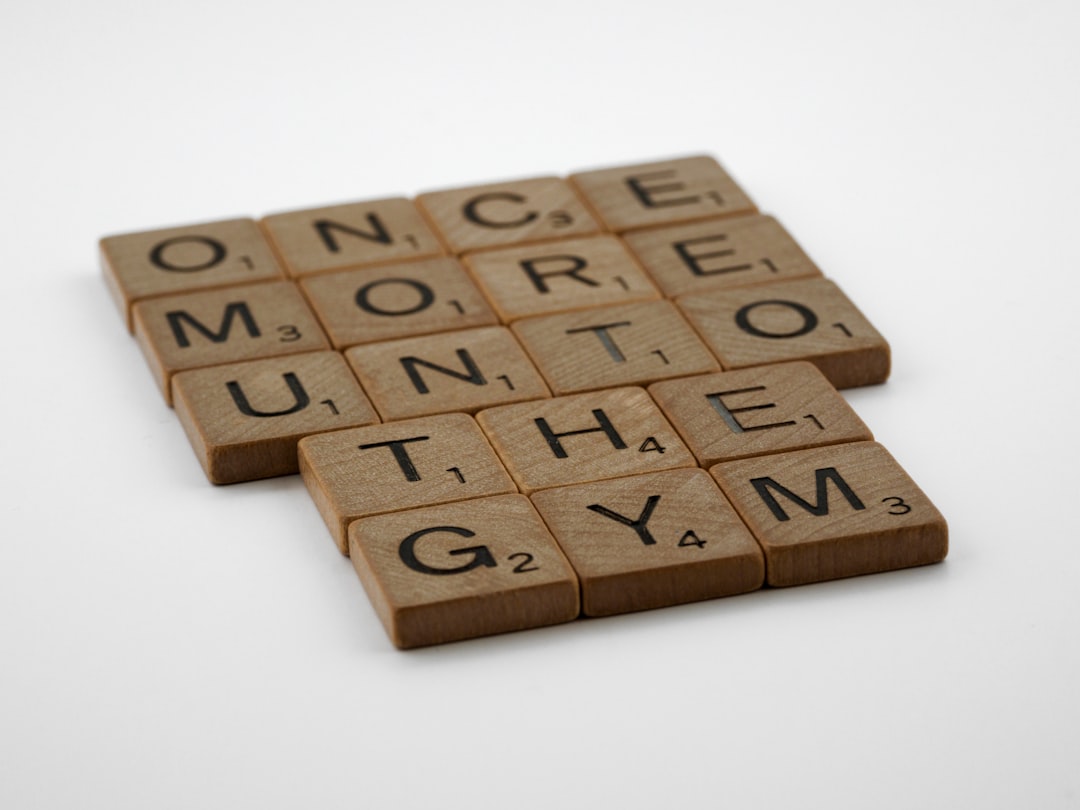
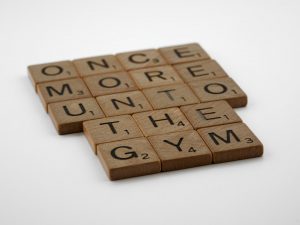
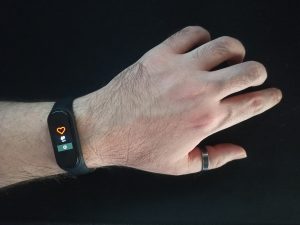



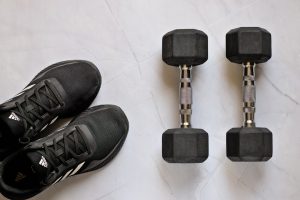



Comments